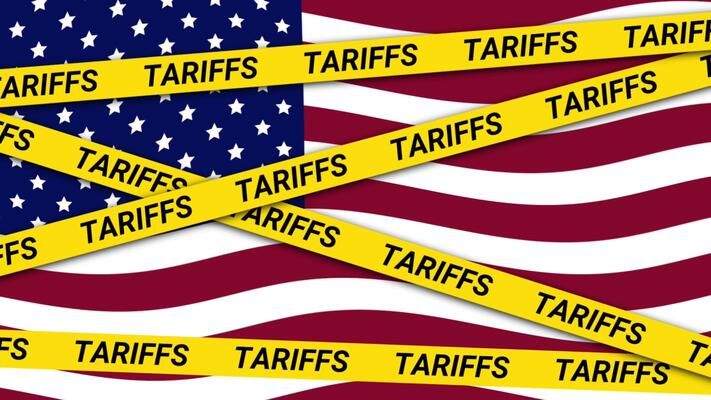India–US Trade Tensions Rise Over Steel and Auto Tariffs NMDC Limited reports a 38% drop in Q4 FY24 consolidated net profit RINL to Raise $23 Million Through Land Sales Amid Crisis

Donald Trump's move to restore a high 25% tariff on foreign steel and 10% on aluminium has gone into effect, bringing back one of the most contentious actions of his administration. The policy is not new but rather dates back to March 2018, when Trump initially used Section 232 of the Trade Expansion Act, invoking national security as the reason for imposing duties on foreign steel and aluminium imports.
Then, the purpose was to resuscitate ailing U.S. steel mills, cut dependence on imports, and generate employment. Though it provided temporary succor to domestic producers, it also precipitated instant retaliation from U.S. trade partners such as Canada, Mexico, the European Union, Japan, China, and India.Forward to 2025, Trump's comeback to protectionism policy is ongoing with this tariff re-imposition, asserting that it will safeguard American businesses against unfair foreign competition.
Critics protest that it will raise U.S. manufacturers' costs for the automotive, infrastructure, consumer appliance, and defense industries, which rely significantly on imported steel and aluminum.
Global Response & Trade Risks
In 2018, nations had responded with counter-tariffs on American products from whiskey to motorcycles. Such trade wars could flare anew, jerking global supply chains out of kilter, damaging allied economies, and pulling U.S. diplomatic relationships taut.
What Happens Now?
Also Read : Temporary 12% Safeguard Duty on Steel Imports: Evaluating the Impact on India's Steel Industry and Economy Australia’s green steel drive could impact India’s sustainability goals.